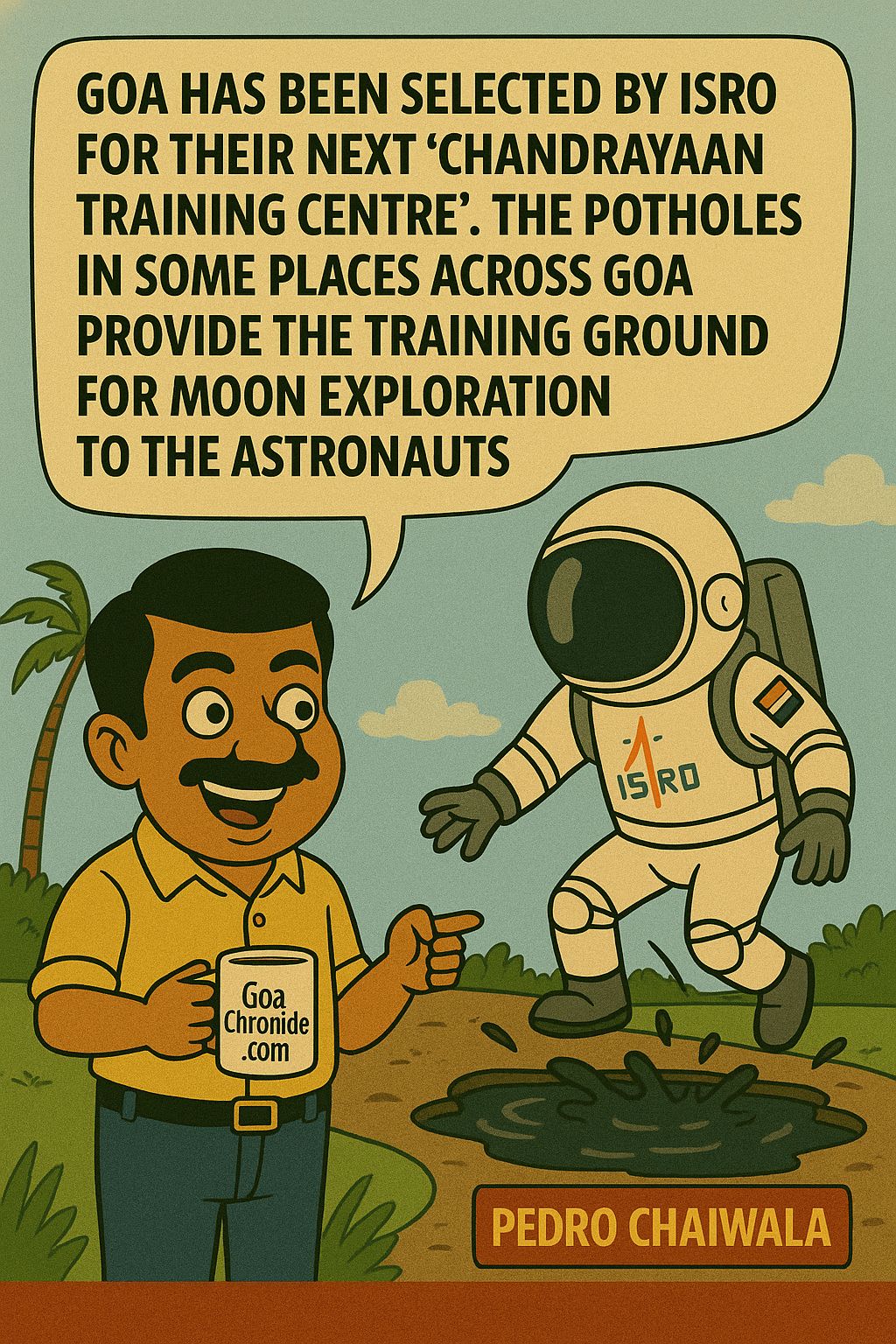Bengaluru: Prime Minister Narendra Modi on Tuesday called upon stakeholders to explore every possibility related to India’s energy sector and invest in it.
“Today India is the most suitable place in the world for your investment,” he said after inaugurating the India Energy Week (IEW) 2023 here.
Modi said India is aiming to produce 5 MMTPA green hydrogen by the end of this decade which will bring in the possibility of investments of more than Rs 8 lakh crore.
He also stated that India will increase the share of green hydrogen to 25 percent by replacing grey hydrogen.
Modi touched upon the crucial subject of battery cost in EVs and noted that its cost is 40-50 percent of the cost of the car. He said the government has started a PLI scheme worth 18,000 crores which will be a significant step towards manufacturing advanced chemistry cells of 50 GigaWatt hours.
The PM gave a detailed exposition of emphasis on renewable energy, energy efficiency, sustainable transportation and green technologies in the new budget.
“Rs 35,000 crores have been kept for priority capital investment to push energy transition and net-zero objectives. Provision for 10 lakh crore rupees capital expenditure will give a push to green hydrogen, solar to road infrastructure,” he said.
Modi further elaborated on the Green Energy initiative and informed that in the last 9 years, renewable energy capacity increased from 70 gigawatts to about 170 gigawatts in that solar power increased by 20 times.
India, he said, is at number four in wind power capacity. “We are aiming to have 50 percent non-fossil fuel capacity by the end of this decade. We are also working very fast on Biofuel, and ethanol blending. In the last 9 years, we have increased ethanol blending in petrol from 1.5 percent to 10 percent. Now we are moving towards the target of 20 percent ethanol blending,” he said.
Referring to the E-20 rollout today, Modi said that the first phase of the rollout will cover 15 cities and within two years it will be expanded to the entire country.
PM Modi noted that the mass movement going on in India regarding energy transition has become the subject of a case study. “This is happening in two ways: Firstly, fast adoption of renewable sources of energy and secondly, adoption of effective methods of energy conservation,” he stated as he noted the rapid adoption of renewable sources of energy by people.
He gave examples of houses, villages, and airports running on solar power, and agriculture activities being carried out with solar pumps. He informed that India has connected more than 19 crore families with clean cooking fuel in the last 9 years.
Throwing light on the solar cooktop launched today, Modi said that it is going to give a new dimension to Green and Clean Cooking in India. “More than 3 crore households will have access to solar cooktops within the next 2-3 years,” he said.
The PM linked India’s effort for Green Growth, and Energy Transition with Indian values of where circular economy is part of every Indian’s lifestyle and Reduce, Reuse and Recycle is part of the culture.
He said initiatives of recycling plastic bottles into uniforms will strengthen Mission LiFE.
Emphasising the need and demand for energy in India in the near future, PM Modi noted that the rapid pace of development in India will result in new cities being developed.
Quoting International Energy Association, Modi remarked that India’s energy demands will be highest in the present decade which presents an opportunity for the investors and stakeholders of the energy sector.
He informed that India’s share in the global oil demand is 5 pecent which is expected to rise to 11 percent, whereas the gas demand of India is expected to rise up to 500 percent.
He underlined that new opportunities for investment and collaboration are being created by the expanding energy sector of India.
The PM explained four major verticals for the strategy for the energy sector. First, increasing domestic exploration and production, diversifying the supply, and third, expanding fuels like biofuel, ethanol, compressed biogas and solar. Fourth, de-carbonisation via electric vehicles and hydrogen.
Elaborating on these verticals, Modi said India is the fourth largest country for its refining capacity and efforts are on to increase the capacity to 450 MMTPA from the current capacity of 250 MMTPA. “We are continuously making our refining capacity indigenous, modern and upgraded,” he said.
Similarly, India is working to enhance petrochemical production capacity. He asked the leadership of the industry to utilise technology and the startup ecosystem of India to expand their energy landscape.
Modi said the government is working on mission mode to increase the consumption of natural gas in energy mix from 6 percent to 15 pecent by 2030 where all the needed infrastructure will be provided by ‘One Nation One Grid.’
“The government is trying to increase the capacity of LNG Terminal regasification,” he said. He further added that the terminal regasification capacity of 21 MMTPA has doubled in 2022 while efforts are being made to increase it even more.
He also added that the number of CGDs in the country has gone up 9 times and the number of CNG stations has gone up to 5000 from 900 in 2014.
The PM also touched upon the gas pipeline network which has increased to 22,000 kilometres from 14,000 in 2014 and pointed out that the network will expand to 35,000 kilometres in the next 4-5 years.
Highlighting India’s emphasis on domestic exploration and production, Modi said that the EP sector has shown interest in the areas hitherto considered inaccessible.
“We have reduced the ‘No-Go’ areas. Due to this, 10 lakh square kilometre area has been freed from the restrictions of No-Go. I would urge all the investors to make use of these opportunities, and increase your presence in the exploration of fossil fuels,” he said.
Regarding bio-energy expansion, Modi talked about the first 2G Ethanol bio-refinery in August last year and said that preparation is for 12 commercial 2G Ethanol plants.
Similarly, efforts are in the direction of the commercial feasibility of sustainable aviation fuel and renewable diesel, he said.
Mentioning the provisions of this year’s budget the PM informed about 500 new ‘waste to wealth’ Gobardhan plants, 200 compressed biogas plants and 300 community-based plants which will create new avenues of investments.
“The National Green Hydrogen Mission will give a new direction to the India of the 21st century,” he said.

































Hello goachronicle.com administrator, Your posts are always well presented.